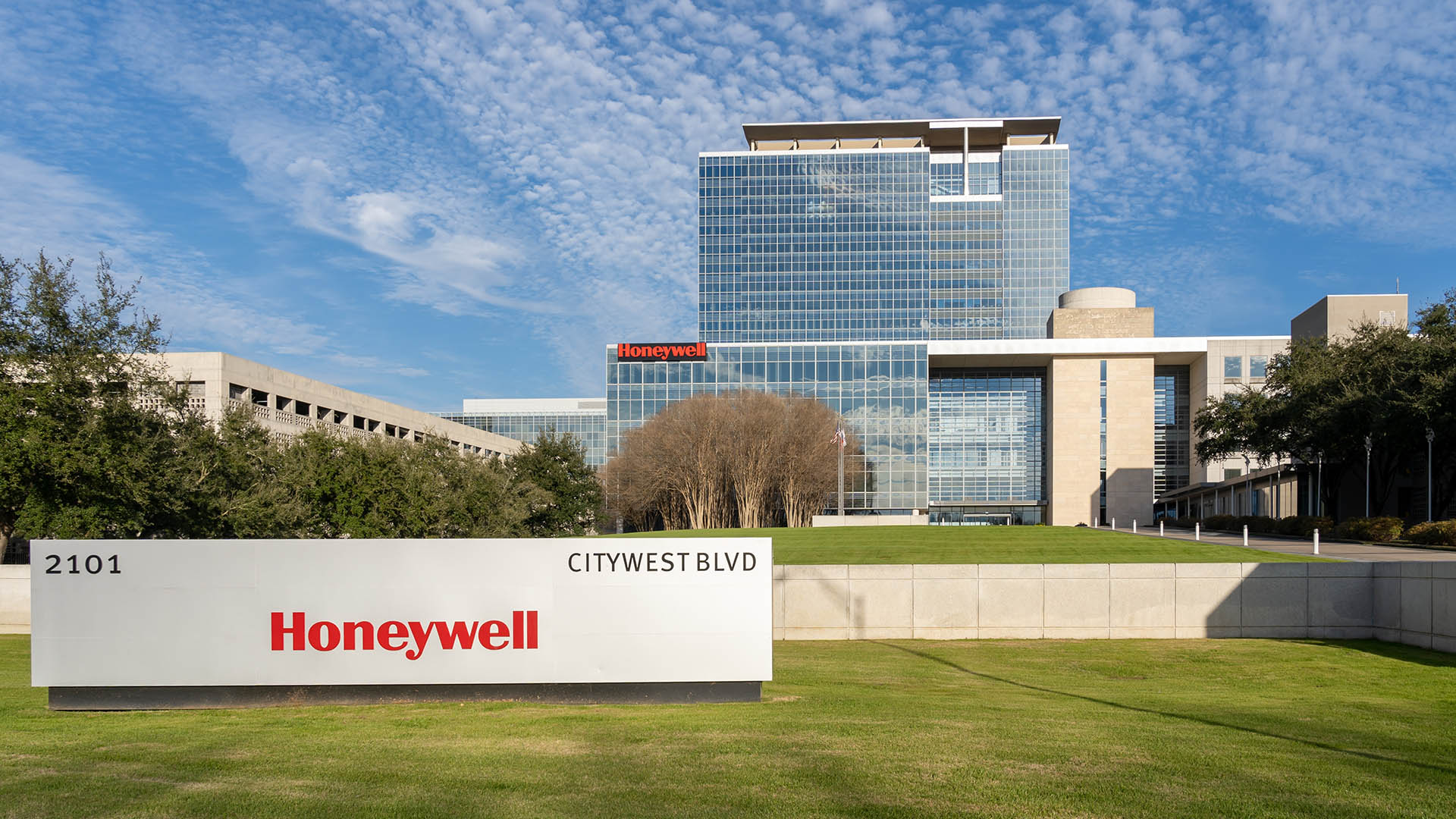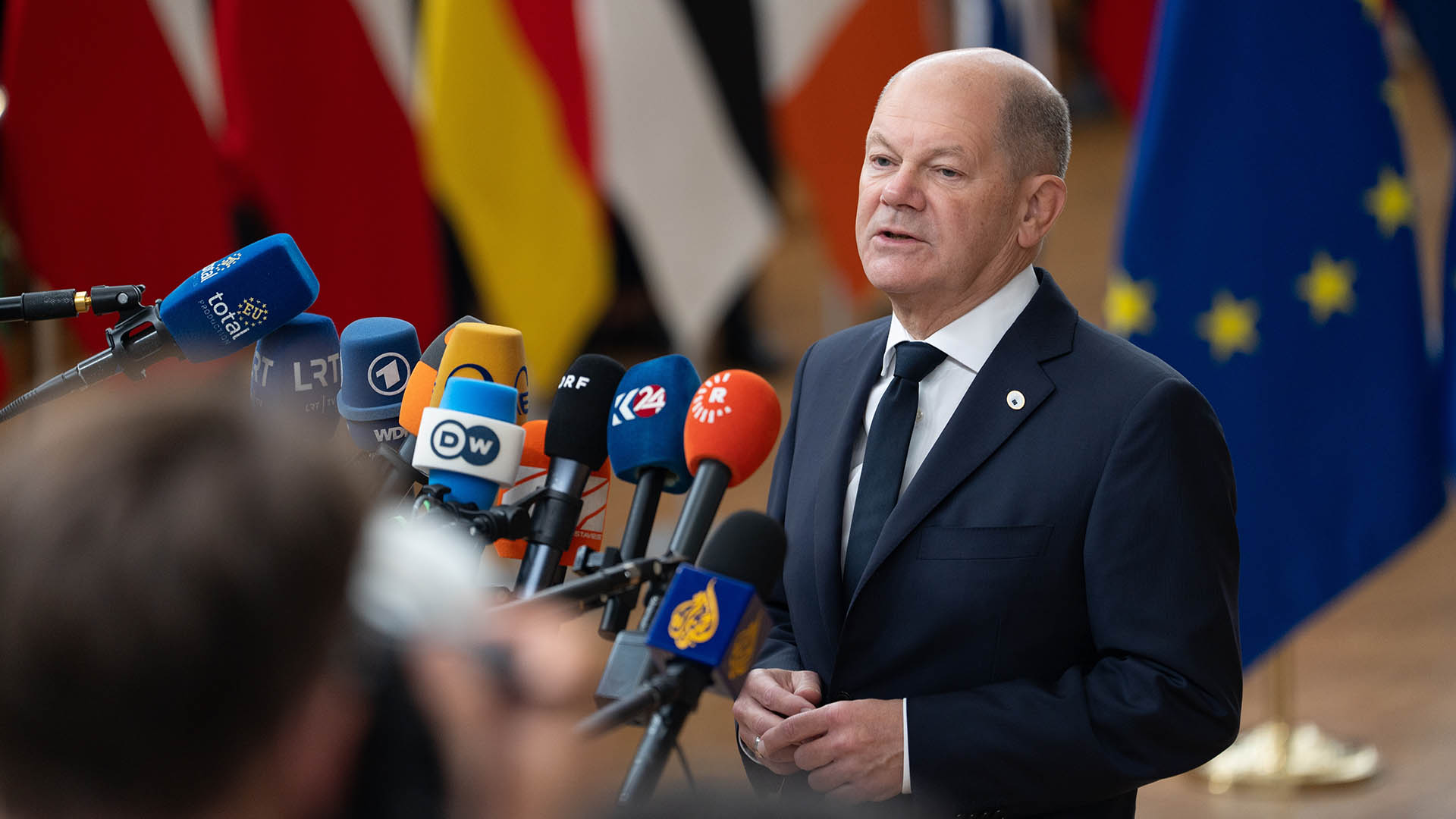The Reserve Bank has followed its peers in the US (The Fed) and Reserve Bank of NZ, in lifting its key cash rate by a large 0.50% to a new recent high of 0.85% and made it clear increases will continue for some months to come.
The size clearly shocked the markets and many economists, just as the Fed’s half a per cent increase did in early May and the Kiwi reserve bank has done twice in a row this year.
And the reason for the half a per cent rise? The RBA has taken this somewhat extreme measure because it wants to ensure it stays in front of the yield curve and slow the continuing rise in inflation.
The increase will force home lenders and other credit providers to make a difficult decision – put up rates by the full amount, or do it in stages.
Home building approvals, housing finance approvals and house prices are all weakening – building approvals by 32% in the past year.
The size of the cut knocked the stock exchange – the ASX 200 slumped 55 points to be down more than 120 points in a matter of minutes after falling gradually in the lead up to the 2.30 pm announcement.
The Aussie dollar slid to a day’s low of 71.64 US cents, then leapt to a high of 72.22 US cents before settling back to trade around 72 US cents.
The current June quarter is expected to show a rise of 6% or more in the Consumer Price Index when it is released in late July, up from the 5.1% rate in the March quarter.
The actual rise could be steeper because of the unknown contributions to come from much higher electricity and gas prices and higher petrol prices this quarter (which were unexpected three months ago when prices for thought to be easing).
Those unknown pressures from the surge in electricity and gas prices and the lack of any sign of a peak are worrying the RBA because they are capable of becoming quickly embedded in cost structures for households and businesses.
“Inflation is expected to increase further, but then decline back towards the 2–3 per cent range next year. Higher prices for electricity and gas and recent increases in petrol prices mean that, in the near term, inflation is likely to be higher than was expected a month ago,” Dr Lowe said in his statement.
RBA Governor Phil Lowe said the 0.5 percentage point move was driven by current inflation pressures and very low interest rates.
“While inflation is lower than in most other advanced economies, it is higher than earlier expected,” he said in the bank’s post meeting statement.
“The board expects to take further steps in the process of normalising monetary conditions in Australia over the months ahead.”
“The size and timing of future interest rate increases will be guided by the incoming data and the Board’s assessment of the outlook for inflation and the labour market. The Board is committed to doing what is necessary to ensure that inflation in Australia returns to target over time,” Dr Lowe’s statement ended.













